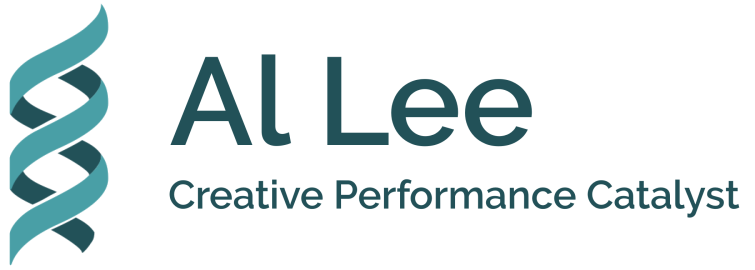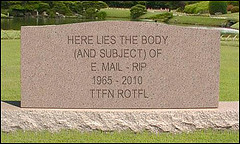 Perhaps you’ve experienced this: There is a tough problem that needs to be solved. Your manager or team lead gathers everyone together, wipes the whiteboard clean, and asks everyone to start throwing out his 0r her best ideas, while being careful of course not to wee on anyone else’s ideas. Once the whiteboard is sufficiently cluttered, you start the process of culling out and refining the best ideas until the path forward is finally illuminated. Been there, right?
Perhaps you’ve experienced this: There is a tough problem that needs to be solved. Your manager or team lead gathers everyone together, wipes the whiteboard clean, and asks everyone to start throwing out his 0r her best ideas, while being careful of course not to wee on anyone else’s ideas. Once the whiteboard is sufficiently cluttered, you start the process of culling out and refining the best ideas until the path forward is finally illuminated. Been there, right?
Dousing The Creative Flame
This is standard operating procedure for many organizations. I have personally led this process many times over the years. Unfortunately, like much of the common workplace wisdom we’ve developed in recent decades, this approach turns out to be an incredibly ineffective waste of time and energy.
There is now quite a lot of research that shows that as the number of people in a brainstorming group goes up, the number and quality (originality) of the ideas decrease. Groups of nine do worse than groups of six, who do worse than groups of four. It doesn’t matter whether they are in advertizing or engineering. The larger the group, the bigger the stage is for the few extroverts to dominate, as well as the more cover provided for the introverts who prefer to stay out of the spotlight altogether. A phenomenon called “Social Loafing” begins to occur, where people assume someone else will do the heavy lifting. The chance of an actual creative breakthrough is slowly extinguished.
Size Matters
It turns out, the optimum number of people in a brainstorming group is one. Individuals who have a clear problem to solve, working on their own, are able to better employ the creative process to generate more ideas that are also more creative. That is not to say that collaboration is bad. It is a very powerful and essential tool. It is just a matter of knowing how to use the tools properly and most effectively.
Maximize Creativity
If you want to maximize the creativity of your team, pose the problem to them several days before the meeting, and let them know you expect them to arrive at the meeting ready to present their 2-3 best solutions. This gives them the opportunity to let the subconscious creative cycle start working its mysterious magic. You can then spend the meeting evaluating, building on, and collaborating around the creative work that has already been done.
I’ve found this to be a very effective approach. People seem to be much more creatively productive together when there is already some clay on the wheel, and they are not put upon to be brilliant in the moment.
So the next time someone suggests getting a brainstorming, suggest using this approach. It is a better use of your time and you’ll get better results!
[Image courtesy of Jacob Bøtter]





